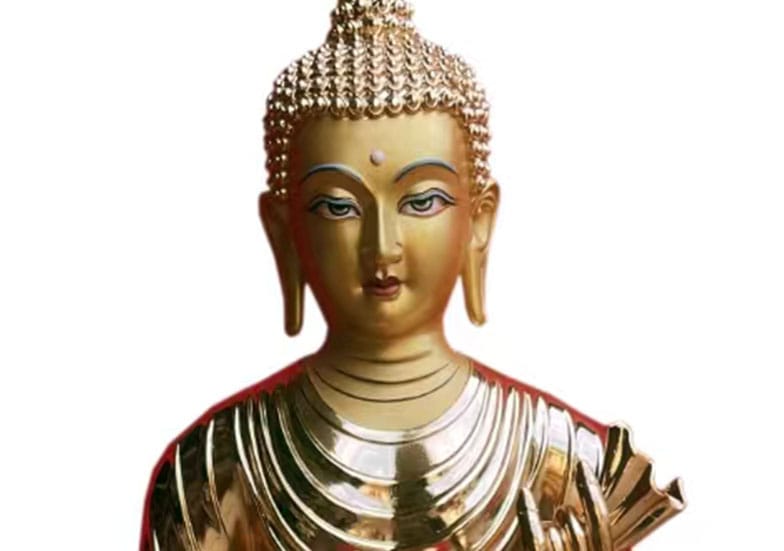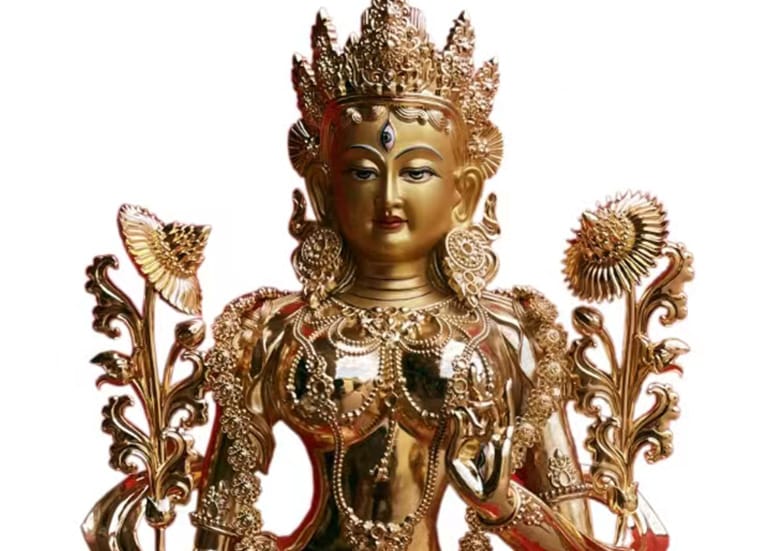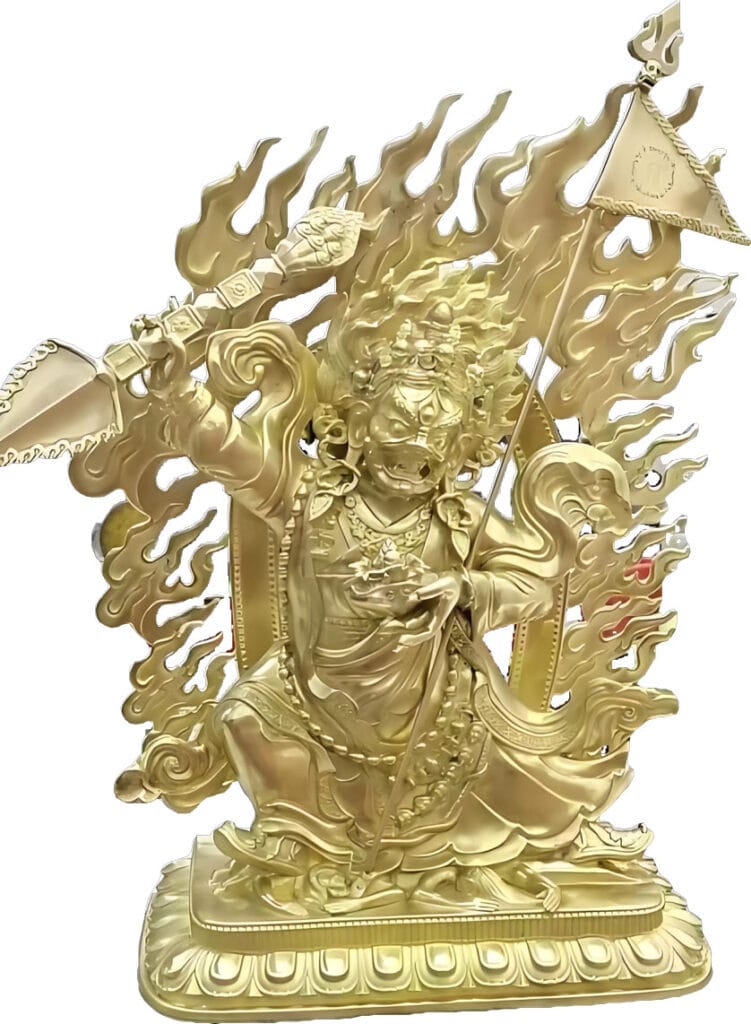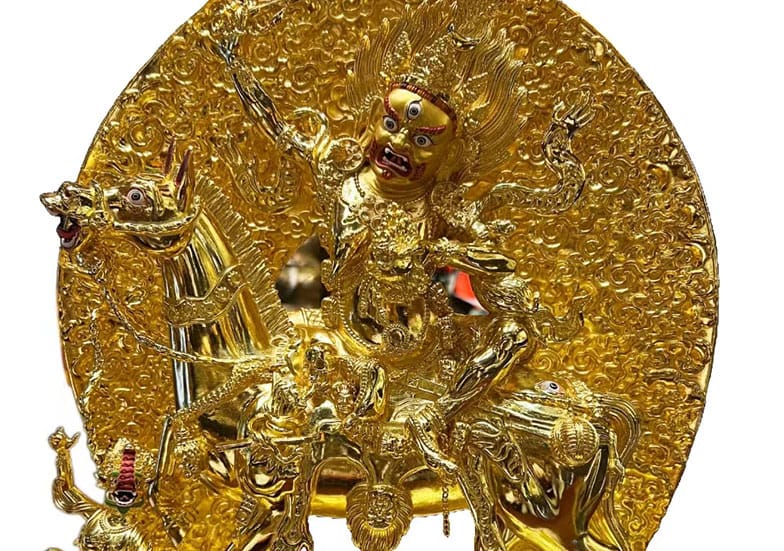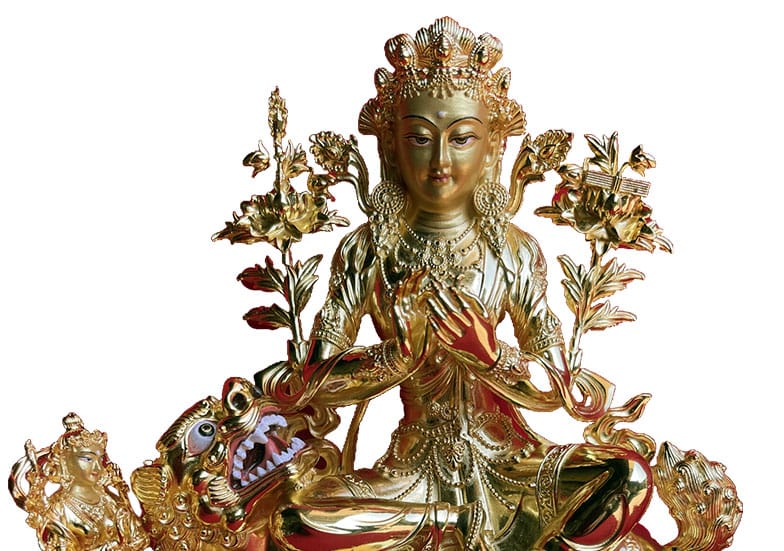
The Thirteen Deities of Guru Padmasambhava
The Thirteen Deities of Guru Padmasambhava of the Secret Secret Precepts of Siddhi A brief summary of the origin and merits of the method The inconceivable Lord Lotus King of all kinds, in order to absorb the mantras given by the practitioners of Tibetan Buddhism in the Snowy Land, the Vidyadhara Guru accomplished the ritual [Guru’s Wish-fulfilling Garland], which is the most essential part of the treasures of more than a hundred extraordinary Dharma doors. During the period when Padmasambhava went to Fuchen Island, he passed down a testamentary prayer to his beloved Emperor Mouchi Zanpu at the Gongtang Mountain pass, which is called “Pray for Good Luck”. (1. External Prayer Department and Internal Achievement Department) The Tibetan method of burial such as Lak was taken by the hermit Sampo Drapa, and Guru Dian Pa translated it into Tibetan from the empty line of writing. Through the manifestation of the
